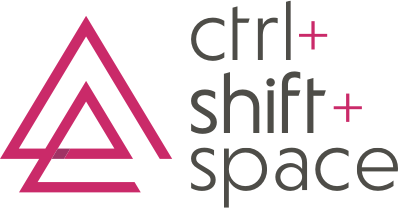I’m no chef...
Nor do I profess to be even slightly interested in cooking much past the objective of keeping my family fed, alive and healthy – and truthfully I have my husband to thank for sporting the chef’s hat most of the time, while I stick to washing the dishes.
So it may make little sense to you that a cooking magazine, which I subscribe to, provided the inspiration for this piece. And unless you are more learned than I in the vernacular of chefs, you’re likely wondering...
What on earth is spatchcocking (besides fun to say out loud!)
and how does it relate to lean thinking?
Allow me to break it down for you. Spatchcocking is literally, splitting open a turkey (or other bird), removing its backbone, and splaying it skin-side up before roasting. In addition to a more flavorful, juicy and less fatty meat, spatchcocking cuts prep and cooking time down to about half compared to the usual stuffed and brined ‘3D’ version .
As for what it has to do with lean thinking? Well, figuratively I see spatchcocking as the chef’s way of applying lean principles to a traditional method. Instead of upholding for the sake of ceremony, a process that is overly time-consuming, complicated and which often delivers less than optimal results, being lean means achieving better outcomes by eliminating wasted resources being spent on ‘doing it the way it’s always been done’.
In other words, lean thinking and spatchcocking both eschew convention and alternatively embrace the act of continuous improvement and the art of simplification. Let me be clear in saying, that to simplify does not mean to make simplistic. In fact it takes a lot of effort to make something seem effortless. One must first understand the project or process in great depth before being able to strip away and expose only the necessary core components that make up the distilled, improved version.
What spatchcocking and lean thinking also share in application (and what I try to practice daily at work and at home), are better habits that remove stress and save time, energy and money. Similarly, by removing over-production, excess motion, and untapped employee intellect, organizations who apply Lean Principals also build Lean Cultures that result in operational excellence, low turnover, and customer retention, to name just a few.
To learn more on the topic of Lean, I suggest reading the book “2 Second Lean”, @PaulAkers. With an easy-to-read style, Akers presents fun ways (along with corny photos) to apply lean thinking to all aspects of business and personal life. Check the website for more information and entertaining short videos.
For those of you who actually enjoy cooking and also want to save time, energy and stress this holiday season, here’s the magazine article and recipe that was my muse: “Cooking Light: How to Spatchcock a Turkey”, @KenjiLópezAlt.
Your Principal Placemaker @Ctrl+SHIFT+Space
~ Allyson Strowbridge
-----
Ctrl+SHIFT+Space applies Lean Principals to workplace interiors projects through the services we offer: Organizational Placemaking, Workplace Strategy and Owners’ Agent services.
We are thankful for all of the intelligent people out there who share their knowledge with the world and which allow us to continuously improve the ‘what, why and how’ we do things at Ctrl+SHIFT+Space.



